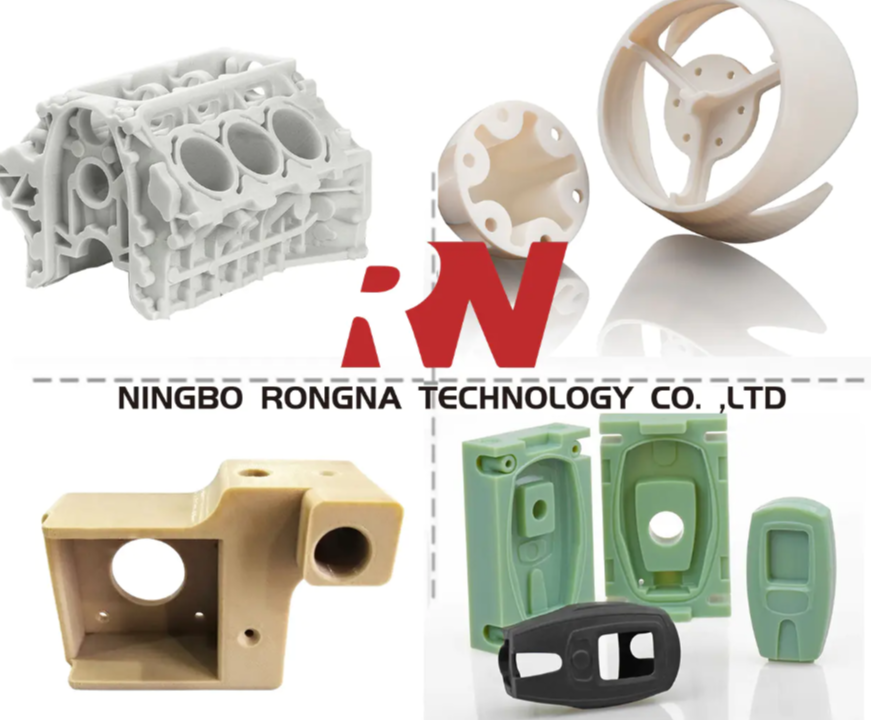Rapid prototyping and 3D printing services have revolutionized the design and manufacturing industries by unlocking new possibilities and accelerating the product development process. This powerful combination enables designers and engineers to quickly iterate and test their ideas, leading to more innovative and efficient designs. In this response, we will explore the potential of rapid prototyping and 3D printing services and the benefits they offer.
Faster Design Iteration: Rapid prototyping allows designers to quickly create physical models of their designs. This enables them to visualize and test the form, fit, and function of their concepts in a much shorter time frame compared to traditional manufacturing methods. With 3D printing, designers can rapidly iterate their designs, make modifications, and refine them based on real-world testing, leading to improved products and reduced time to market.
Cost Savings: Traditional manufacturing methods often involve significant upfront costs for tooling and molds. These costs can be prohibitive for small-scale production or early-stage product development. Rapid prototyping with 3D printing eliminates the need for expensive tooling, as parts can be directly printed from digital designs. This significantly reduces the cost of producing prototypes, enabling designers to explore multiple design options without breaking the bank.
Customization and Personalization: 3D printing allows for the easy customization and personalization of designs. Each part can be individually tailored to meet specific requirements or personalized for end-users. This flexibility opens up new opportunities for creating bespoke products, custom-fit components, and unique designs that cater to specific market segments or individual preferences.
Complex Geometries and Functionality: 3D printing enables the production of highly complex geometries and intricate designs that are challenging or even impossible to manufacture using traditional methods. With the ability to build layer by layer, 3D printers can create structures with internal cavities, undercuts, and intricate details. This freedom of design empowers designers to explore innovative shapes and features that optimize performance and functionality.
Risk Reduction and Validation: Rapid prototyping with 3D printing allows designers to validate their designs before committing to expensive production processes. By creating physical prototypes, designers can perform real-world testing, assess performance, and identify potential flaws or improvements early in the development cycle. This helps mitigate risks, reduce design flaws, and refine designs for optimal performance and manufacturability.
Shorter Time to Market: The speed and agility offered by rapid prototyping and 3D printing services significantly reduce the time required to bring a product to market. By accelerating the design iteration process and eliminating the need for tooling, businesses can iterate quickly, gather feedback, and refine their designs faster than ever before. This speed advantage can be crucial in competitive markets and allows companies to seize opportunities and respond to market demands swiftly.

